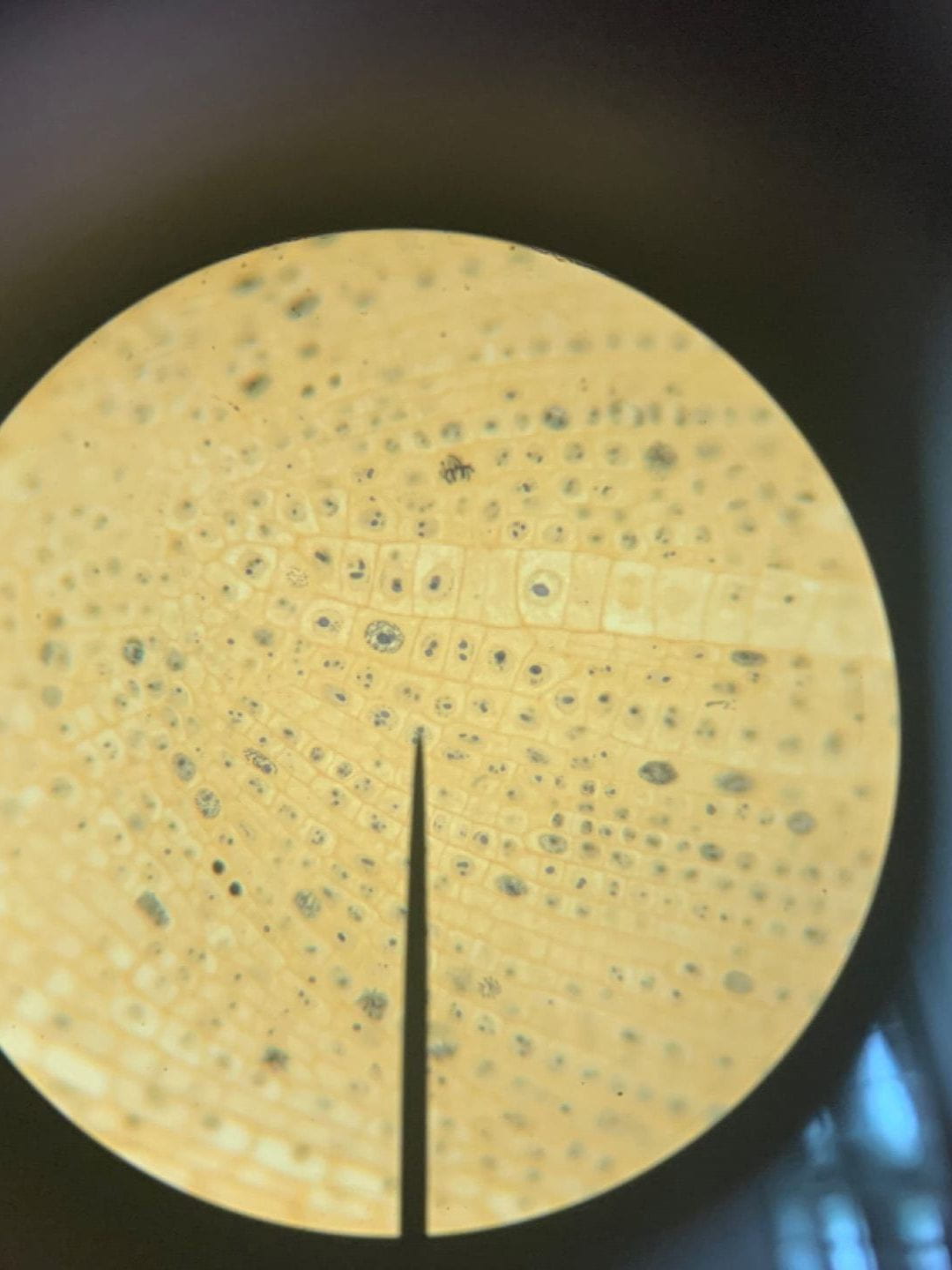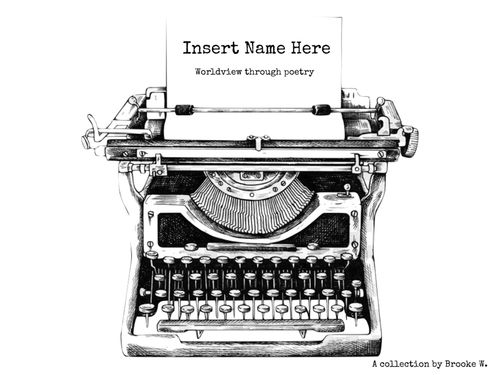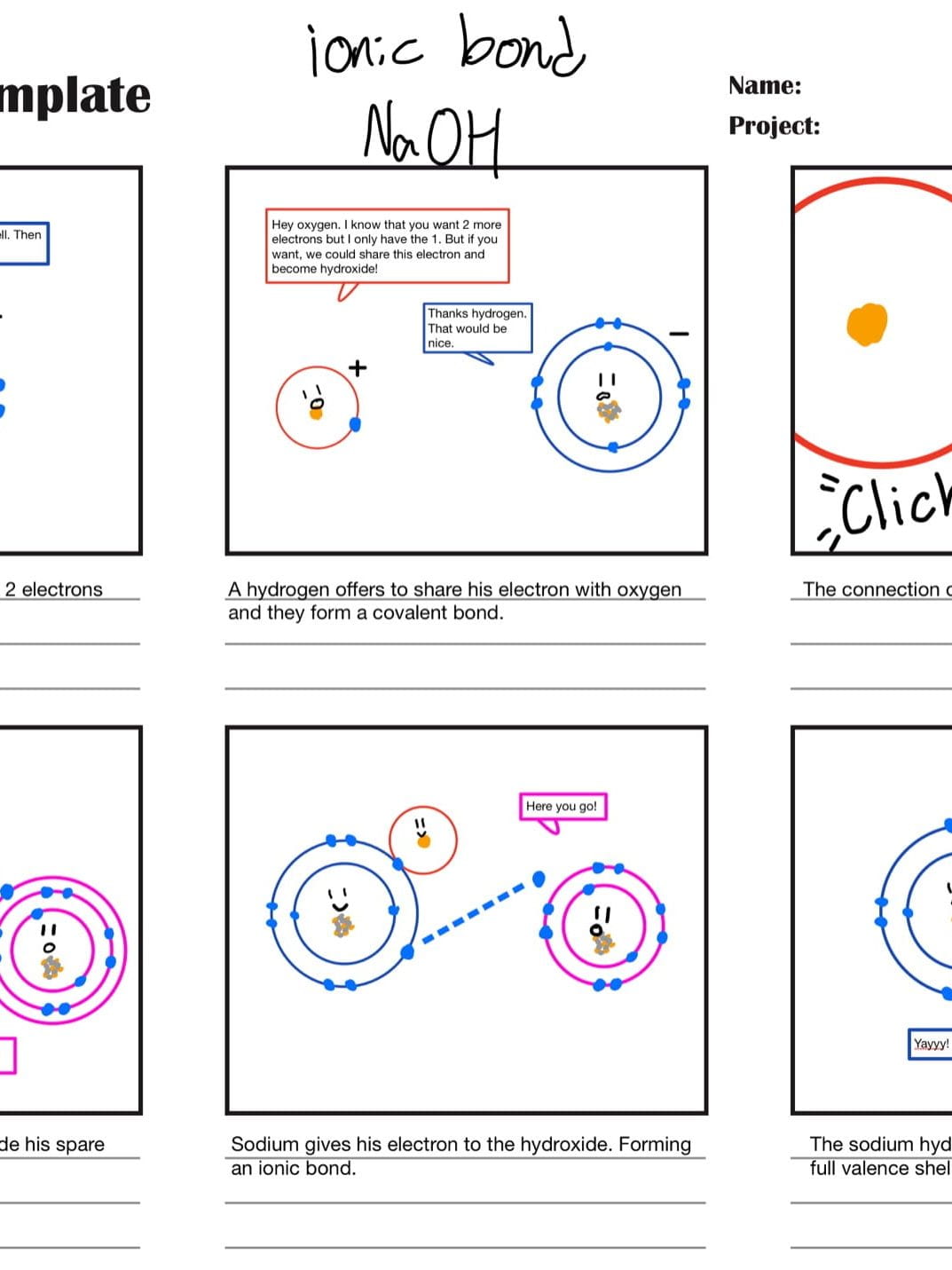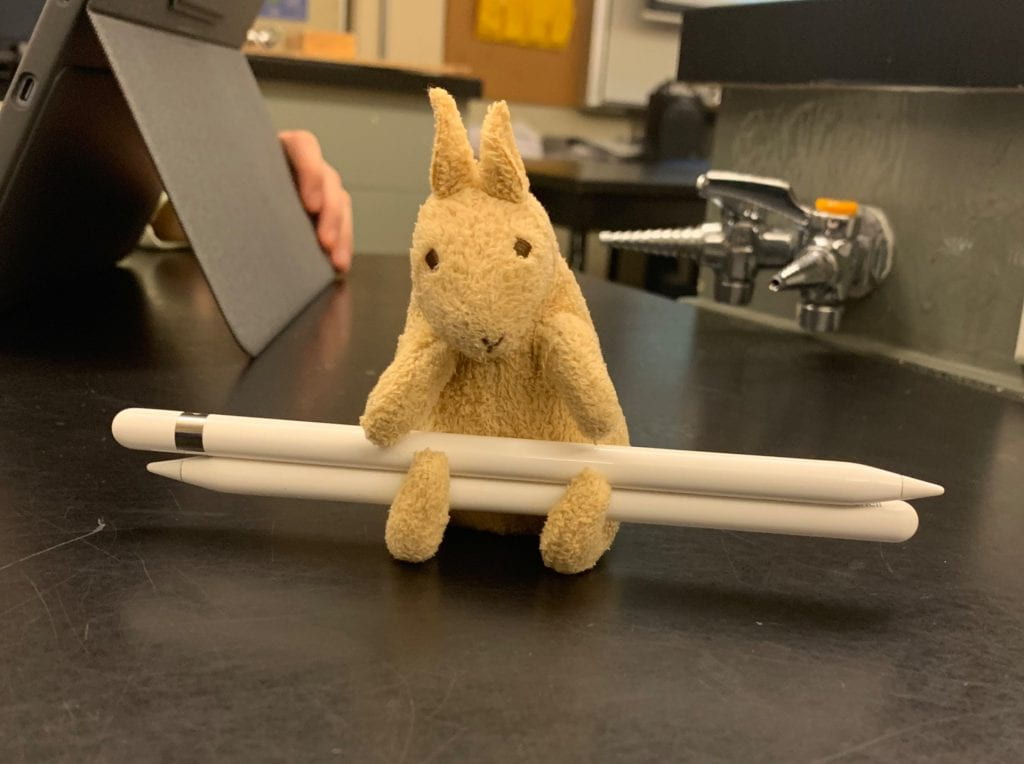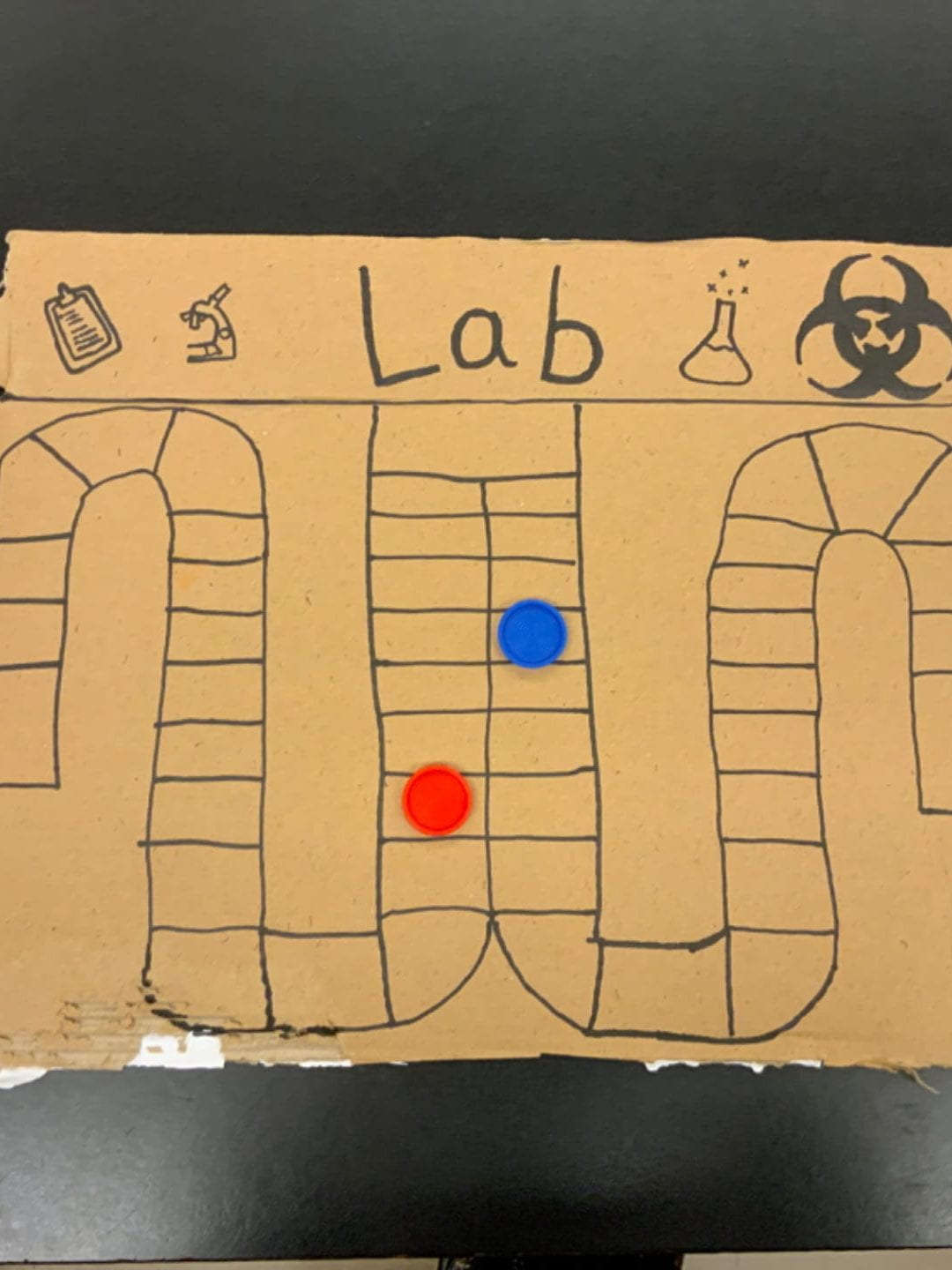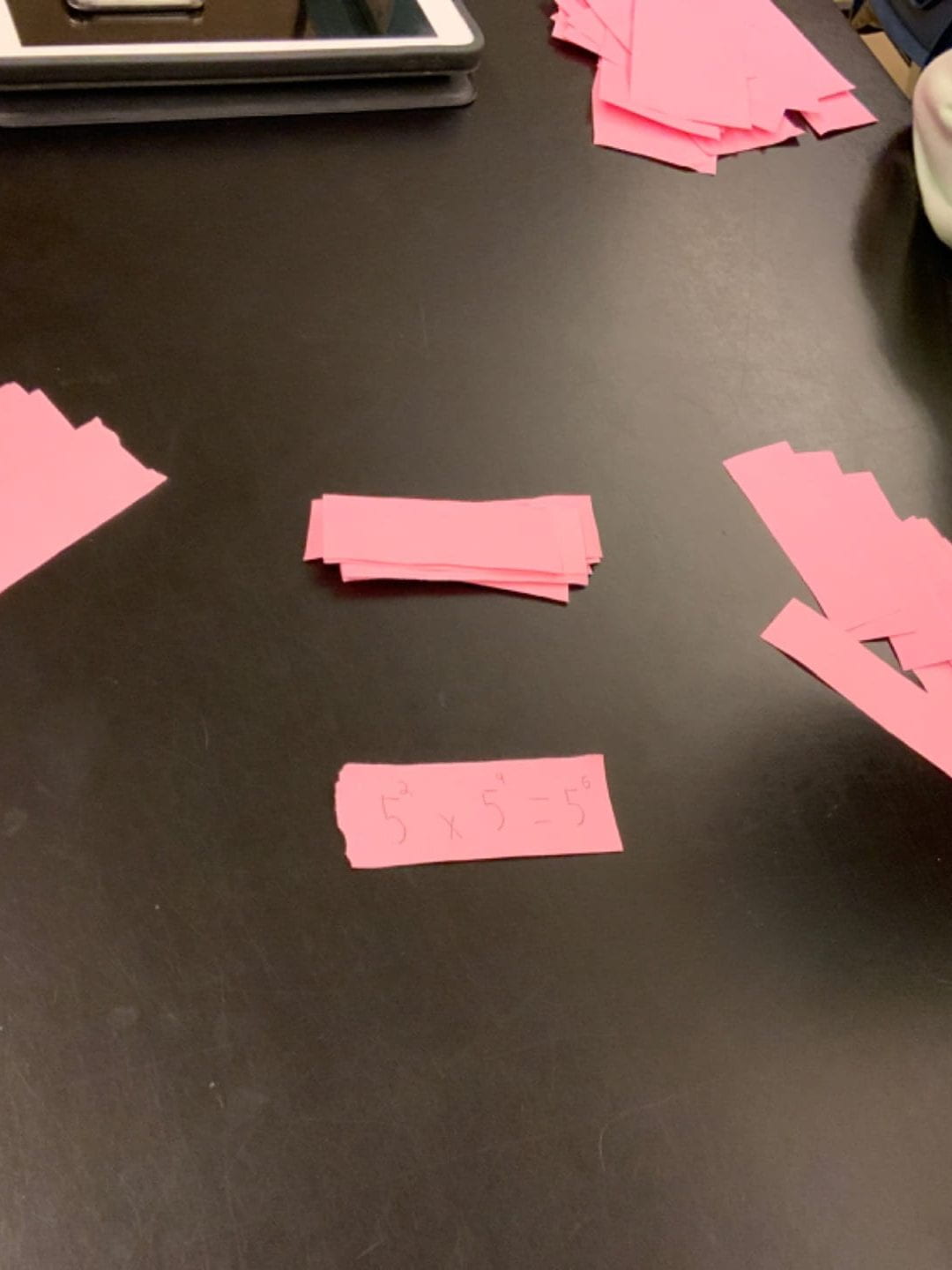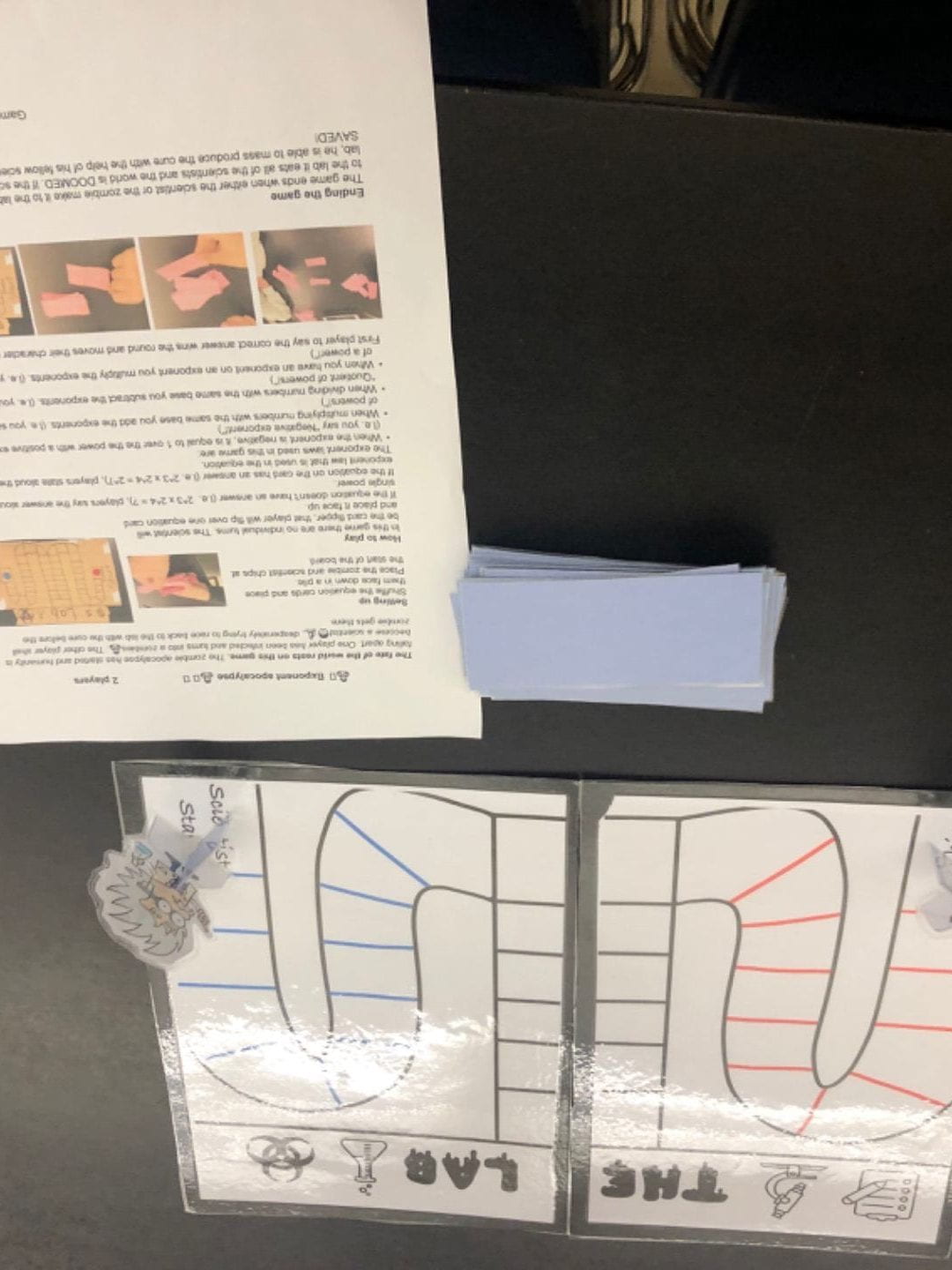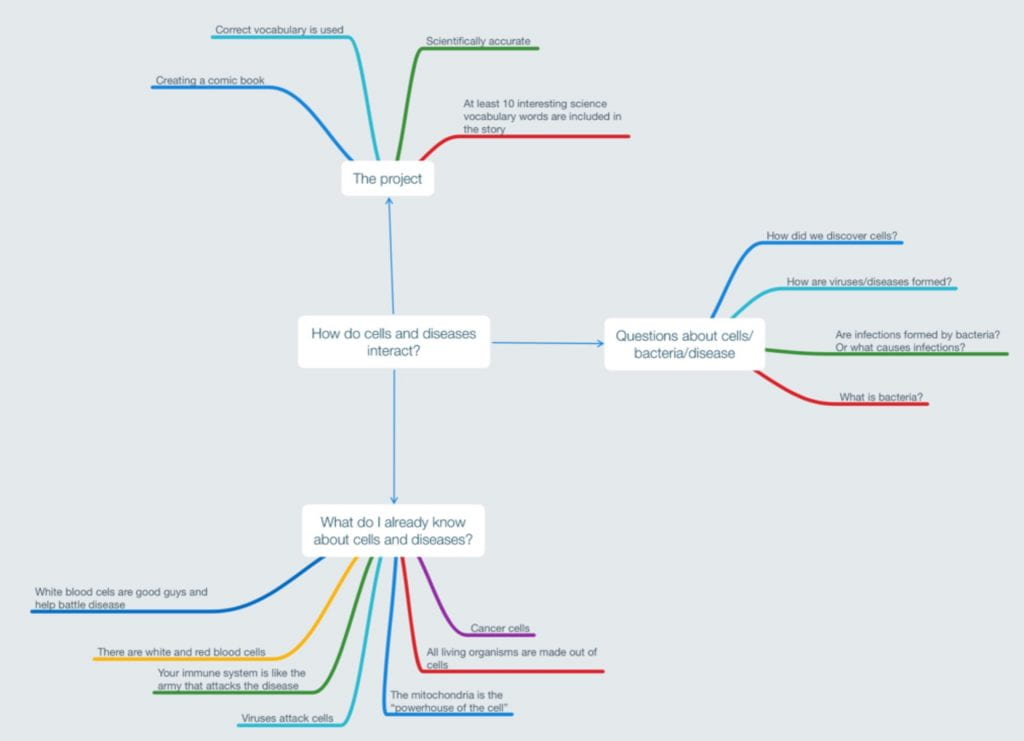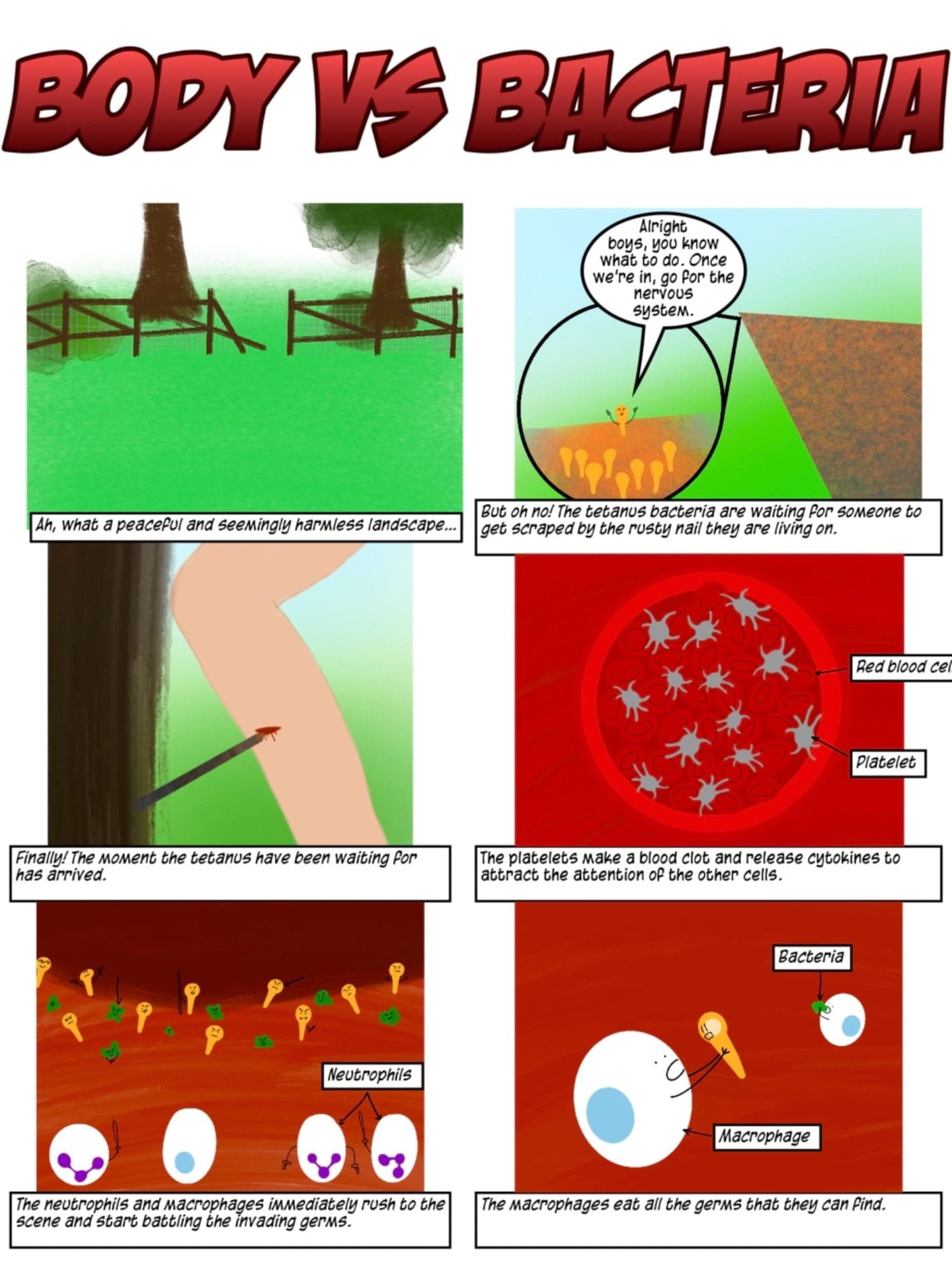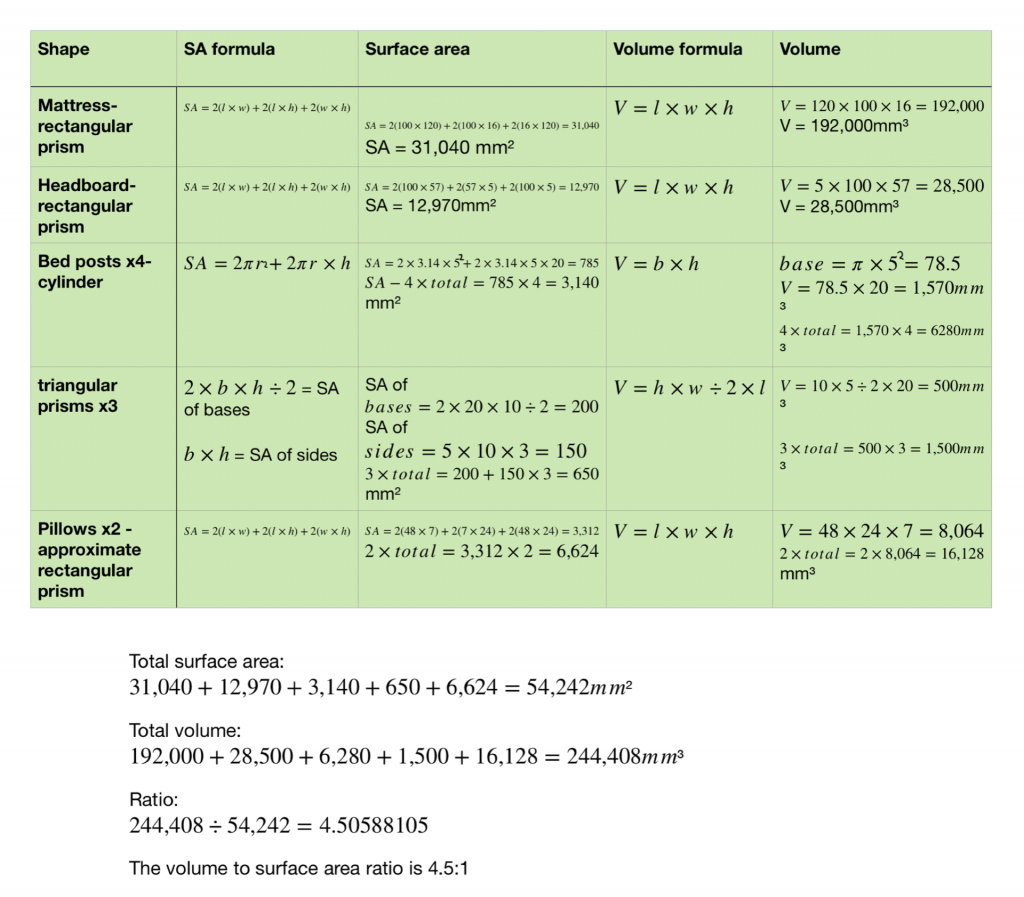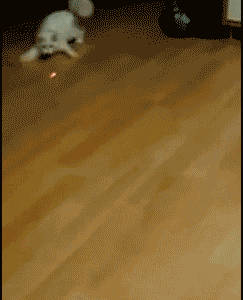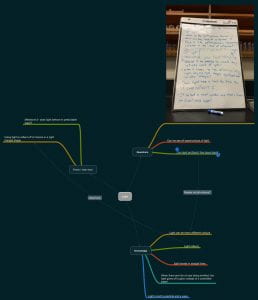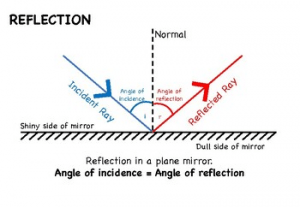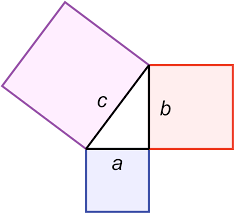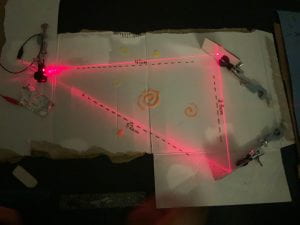Greetings fellow earthlings. Welcome to another scimatics post on this ghastly blog of mine. I am currently writing this in my bedroom where I have been glued to a tissue box and a whole plethora of cold medications in my system. If you didn’t get it already, I’m sick (not covid).
Project Overview
This project was called “Time is Money” but for some reason I’ve been calling it “Time Beith Money” like in an old-English type of flare. Anywho, in this project we were to create a small business selling products or a service and learn about finance though linear relations. I chose to make a small jewelry store through Instagram and sell some cute lil’ accessories to my friends. Now I am no wiz at math but eventually I did catch on to this whole algebra thing and boy is it helpful to know how to do.
Driving Question
How can we predict our finances for the future?
With calculating your expenses (living), startup costs, sale price (income), and time, you can get a pretty accurate estimate of how sustainable your finances are. Using a linear relations equation like where and putting the equation into a graph where the y axis represents profits and the x axis represents hours of work, you can get a visible representation of your financial situation.
Curricular Competencies
Communicating and representing: Represent mathematical ideas in concrete, pictorial, and symbolic form
I successfully used a linear equation to determine my profits. I calculated my hourly wages, predicted NET earnings for a year, and how much money I had made (and lost) over the actual amount of time that I worked for. My graphs are clear and functional, and I labeled them for easy understanding.
Understanding and solving: Apply multiple strategies to solve problems in both abstract and contextualized situations
I calculated all of the time, materials, equipment, and impact, in the cost of making my products. I used recycled materials and used a digital method of selling my product in order to create less waste. I chose to make products that I already had most of the materials to make, and still calculated the cost of the items that I had bought long ago.
Connecting and reflecting: Connect mathematical concepts to each other and to other areas and personal interests.
My business is sadly not sustainable as a full time job. I think this is partially due to the fact that I grossly under-priced my products for the security of making transactions. Realistically I should’ve priced my products in a way that would have me make more money on every transaction, which wasn’t the case mainly for the engraved items. Other businesses in the class, like Dana’s cookie sale, would make more money annually than I would but they both would not be sustainable as a full time job. Maybe with some remodelling and another go at this I could make a more sustainable business.
Conclusion
Honestly we do a lot of connecting our projects to the “real world” but I think this one was the first project that I think actually has an important connection to my future. I have always been interested in owning my own business/practice and this type of math is super important in that line of work and just general adult life. So now I can proudly say that I can do algebra and understand linear relations!!!
Thanks for taking the time to read this!
As always, Brooke.


